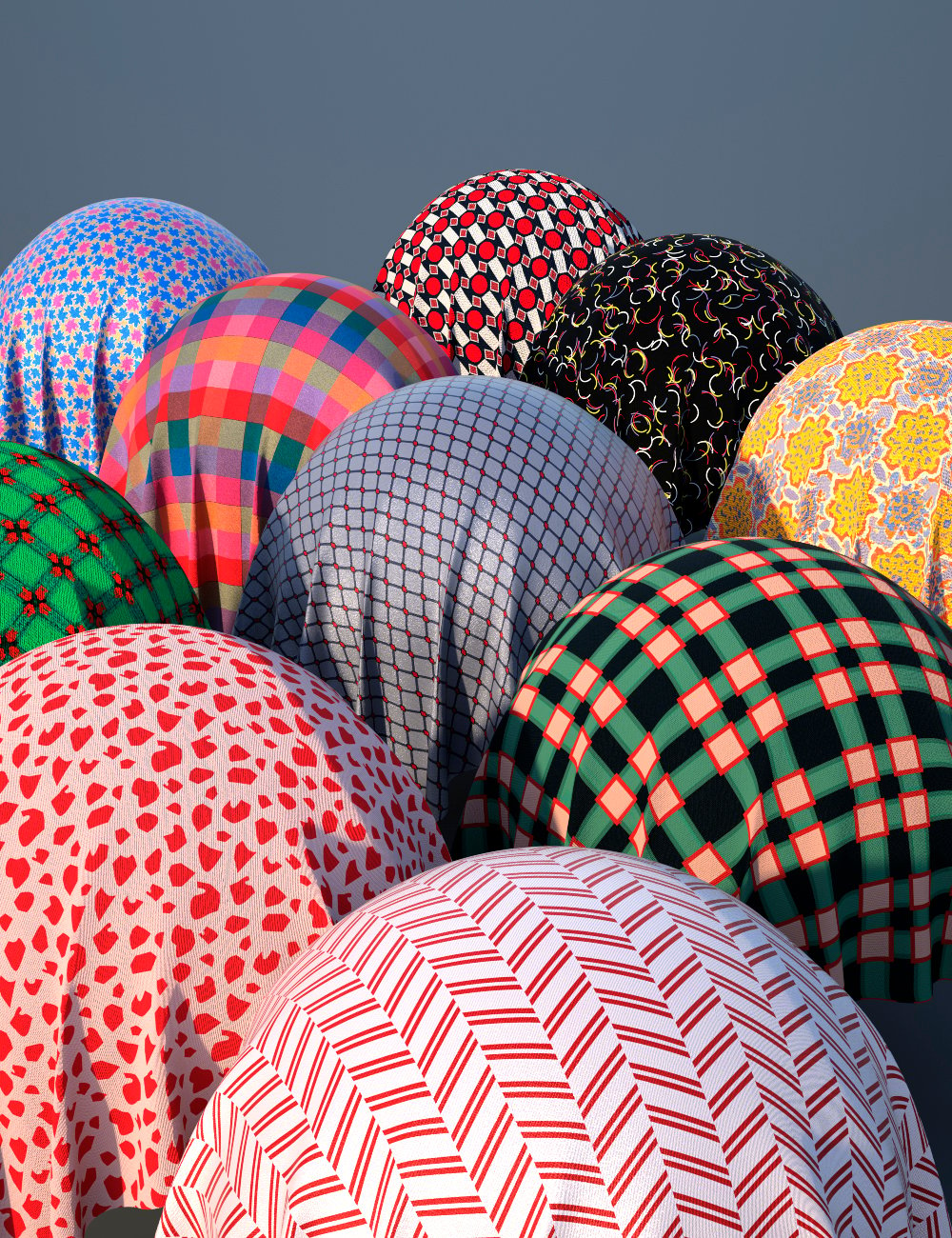Unfolding the World of Fabric Shaders
In the realm where digital artistry converges with the tactile essence of reality, fabric shaders play a pivotal role. These intricate algorithms and textures breathe life into the virtual, transforming flat digital surfaces into rich tapestries that mimic the complex interplay of light and texture found in real-world textiles. From the supple drape of silk to the cozy warmth of wool, fabric shaders are the alchemist’s tools that transmute pixels into palpable illusions.
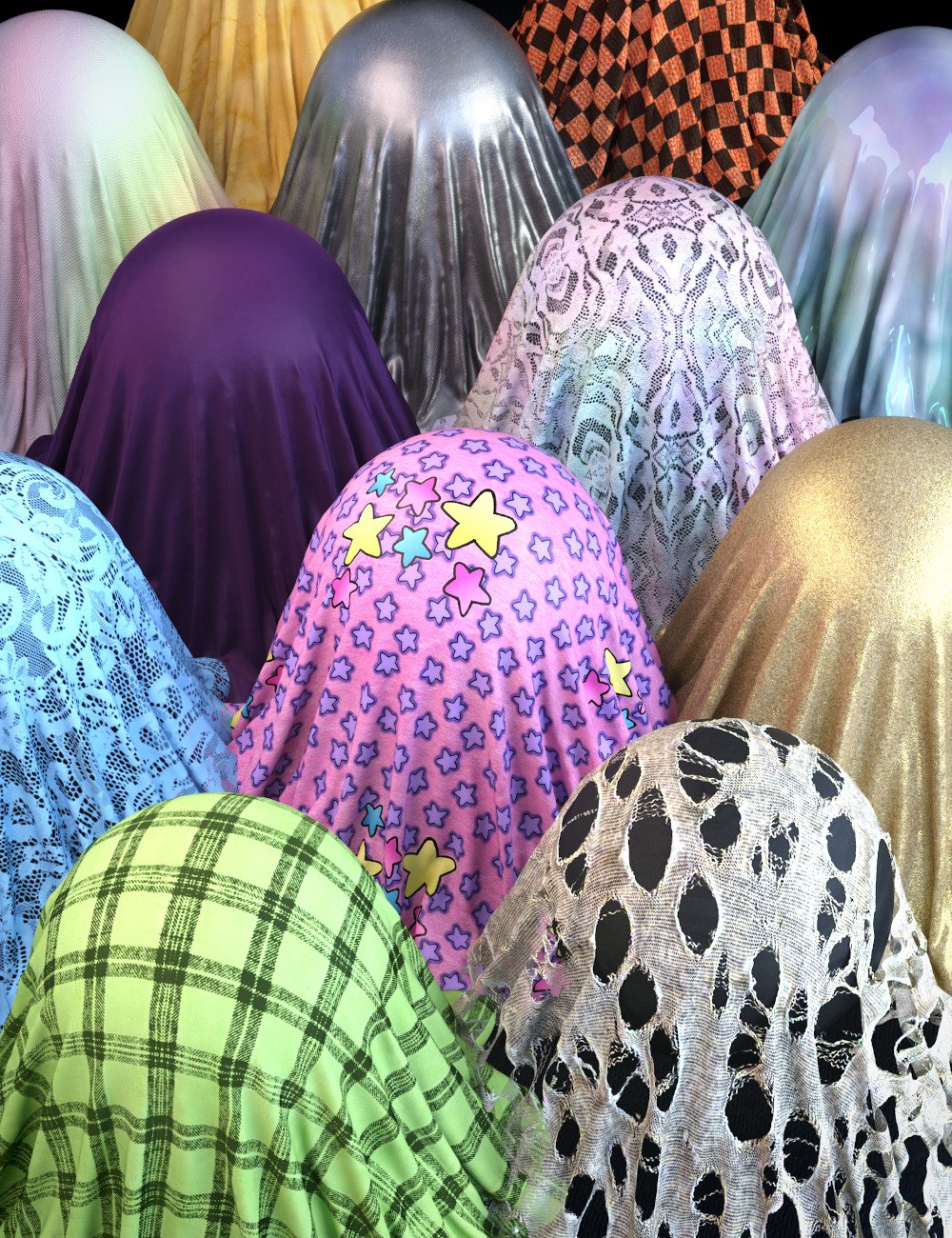
The Fundamentals: Understanding Shading
At its core, shading is the process of simulating how light interacts with an object’s surface. In computer graphics, this translates to algorithms calculating color, brightness, and shadows based on the material properties, lighting conditions, and viewer perspective. Fabric shaders, as a subset, specialize in replicating the intricate behavior of woven and knitted materials, considering factors like thread density, weave patterns, and reflectance characteristics.
The Science Behind the Illusion
To create convincing fabric simulations, shader designers delve deep into the physical properties of textiles. They study how different fibers—natural like cotton and silk or synthetic like nylon—absorb, reflect, and transmit light. The interaction between threads and the spaces between them, known as interstices, is meticulously modeled to capture the unique way each fabric catches the light and casts shadows. Advanced physics engines also account for sheen, specularity (the shine or glitter), and even the fuzziness of certain materials.
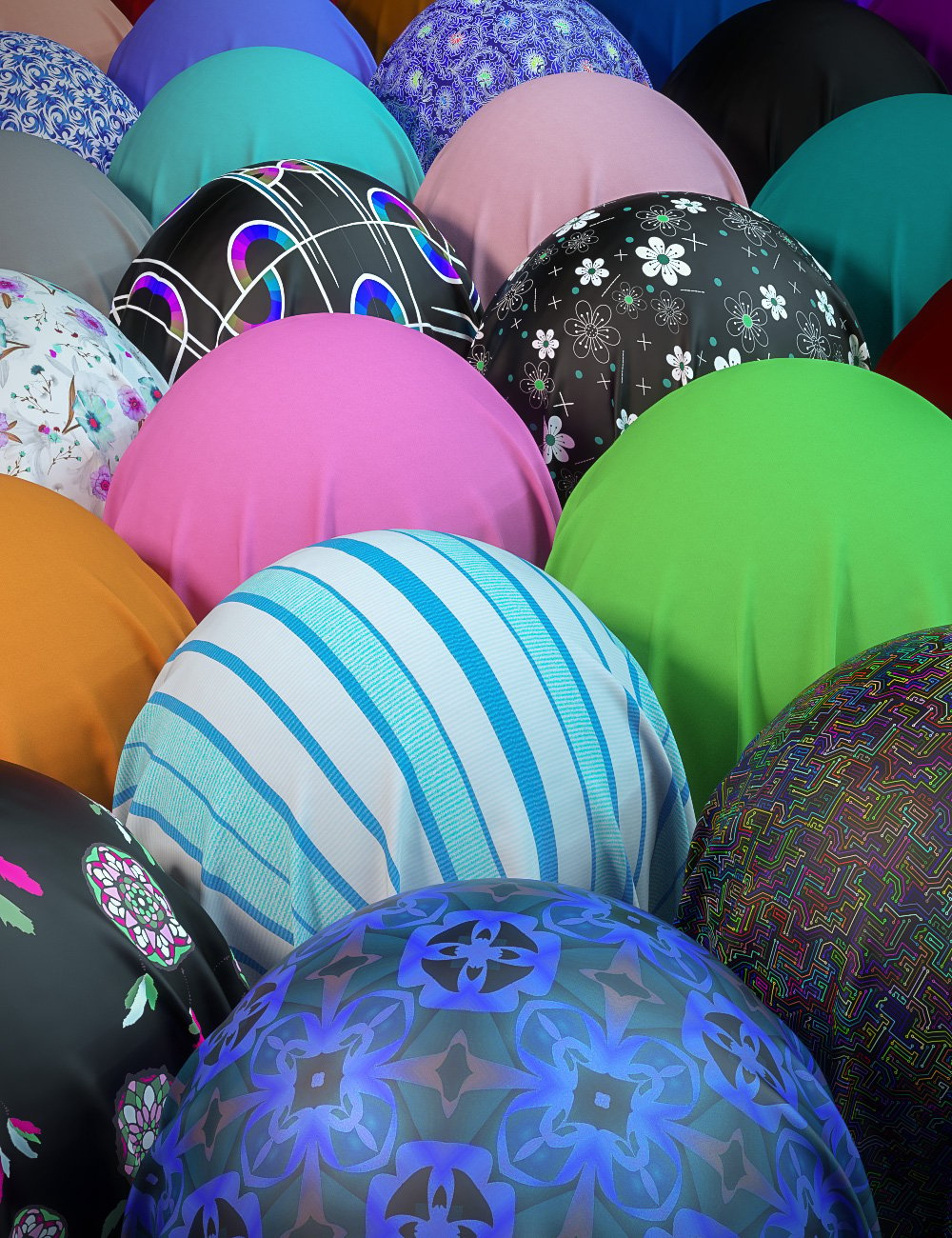
Texture Mapping: The Canvas of Detail
A pivotal aspect of fabric shaders lies in texture mapping. This technique involves overlaying a 2D image onto a 3D model to give the illusion of depth and complexity. High-resolution scans of real fabrics or carefully crafted digital patterns are used to simulate weaves, prints, and even wear and tear. Texture artists meticulously align these maps to the 3D geometry, ensuring that folds, wrinkles, and stitching details align seamlessly with the fabric’s movement and deformation.
Woven Realities: Simulating Weave Structures
One of the most challenging yet rewarding aspects of fabric shader development is accurately representing weave structures. From the straightforward basketweave to the intricate Jacquard patterns, understanding how threads cross over and under each other is key. Shader programmers employ sophisticated algorithms to mimic these patterns dynamically, adjusting as the fabric deforms, ensuring that the weave pattern remains consistent even when the fabric bunches or stretches.
The Art of Drape and Fold
The manner in which fabric drapes and folds is perhaps the most visually telling characteristic. Fabric shaders incorporate physics-based simulations to calculate fabric weight, stiffness, and how it reacts under gravity. By adjusting parameters like bending resistance and shear stiffness, artists can differentiate between the fluid fall of silk and the stiff drape of denim. This dynamic interaction ensures that digital cloth not only looks authentic but also moves realistically in response to virtual wind, character movement, or external forces.
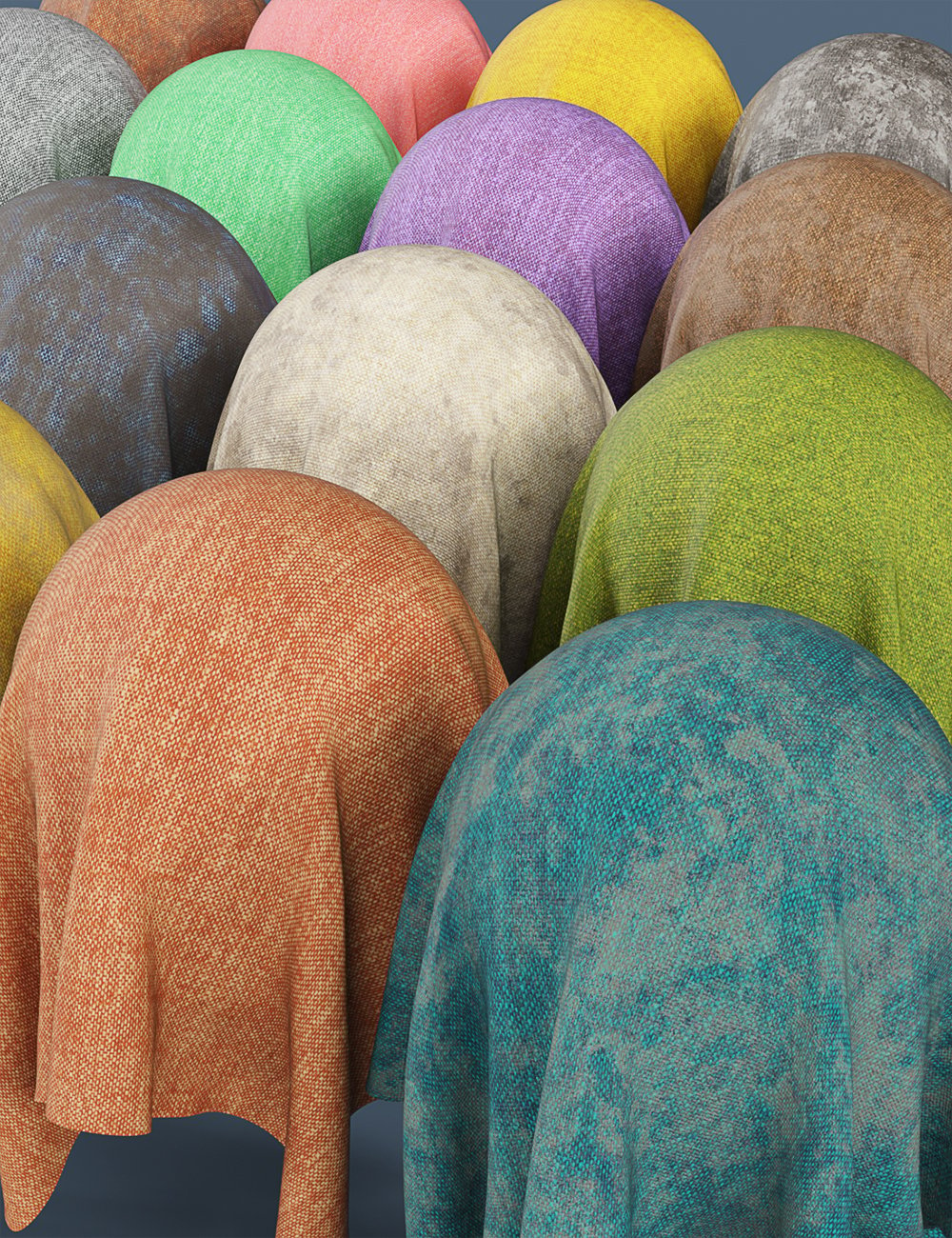
Lighting Up the Scene: Interaction with Light
A fabric’s visual appeal is heavily influenced by how it interacts with light. Advanced shader systems incorporate subsurface scattering to emulate the way light penetrates and diffuses through translucent materials like sheer chiffon. Reflection models simulate the glossy sheen on silk or the more diffuse reflection on cotton. Additionally, ambient occlusion techniques are employed to darken areas where threads overlap or where folds create shadow pockets, enhancing the sense of depth and realism.
Color and Variation: Bringing Life to Fabrics
Nature seldom produces perfectly uniform textures, and thus, variation is crucial for authenticity. Fabric shaders incorporate procedural noise and color variations to mimic natural inconsistencies in dye lots, fabric aging, or even intentional distressing. These subtle imperfections introduce a layer of richness and depth that elevates the believability of digital fabrics.
Performance Considerations: Balancing Realism and Efficiency
While pushing the boundaries of realism is tempting, shader developers must also consider performance constraints. Real-time rendering applications like video games demand shaders that can compute quickly without compromising visual quality. Techniques like level-of-detail (LOD) systems adjust shader complexity based on distance or importance, ensuring that close-up fabrics exhibit intricate details while distant ones conserve computational resources.
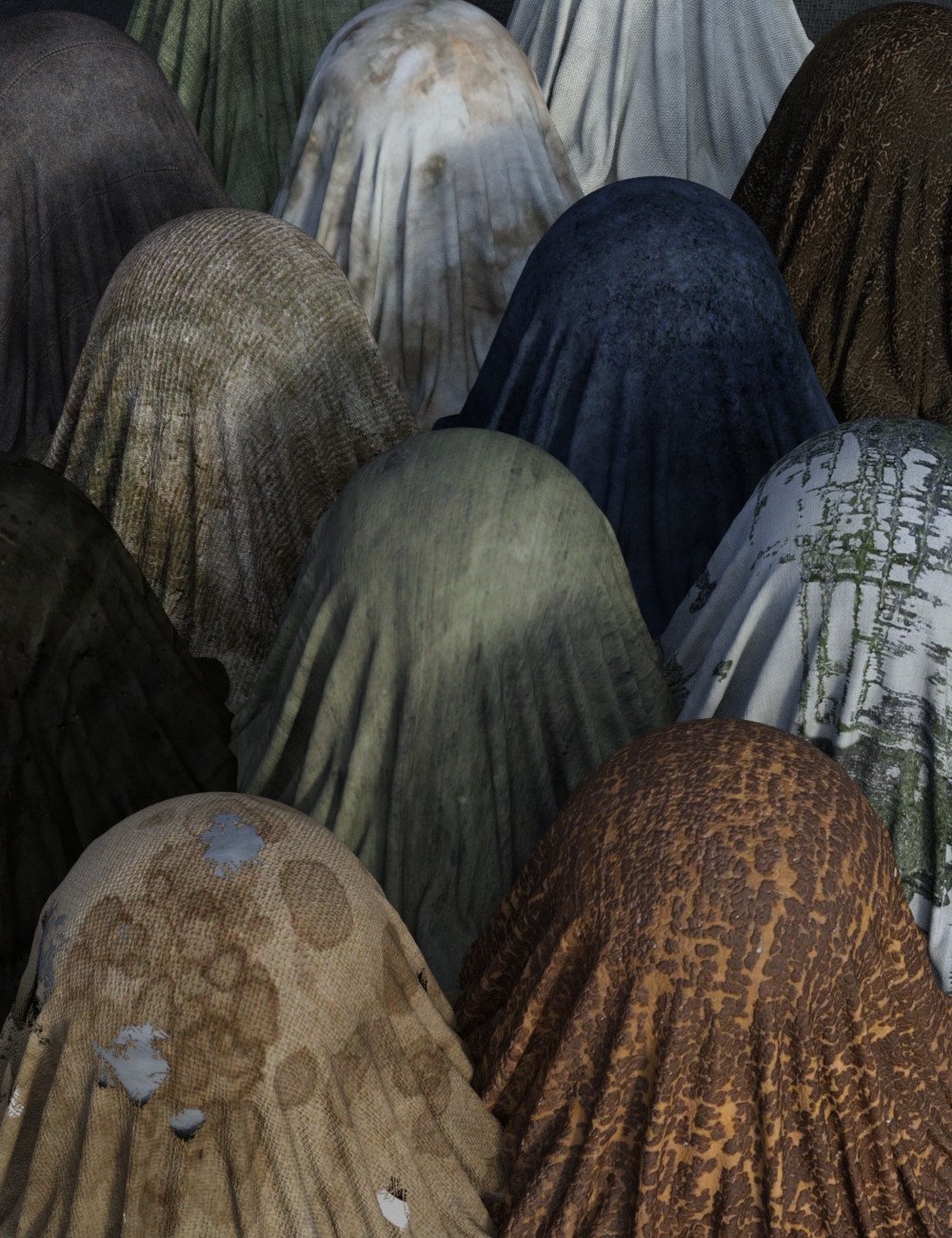
The Future of Fabric Shading: Advancements and Possibilities
As technology evolves, so do the horizons of fabric shading. Machine learning algorithms are being explored to generate hyper-realistic textures and dynamic behaviors that respond more organically to user interactions. Virtual and augmented reality applications are driving innovations in haptic feedback, allowing users to ‘feel’ the texture of digital fabrics. Furthermore, advancements in real-time ray tracing promise even more accurate light simulation, further blurring the line between digital and physical realities.
Interactive Lighting Dynamics: Immersive Experiences
In the quest for heightened immersion, future fabric shading technologies will delve deeper into dynamic lighting interactions. This includes not just how light behaves when it hits the fabric but also how the fabric itself reacts to light changes over time. Imagine curtains that naturally transition in color as sunlight shifts throughout the day, or garments that exhibit photorealistic glow under stage lights, all simulated in real-time.
Physics-Based Simulation: Enhancing Realism in Motion
Physics engines integrated with advanced fabric shaders will enable more realistic draping, folding, and movement. By simulating fabric’s physical properties like weight, stiffness, and friction, these systems can make digital cloth behave almost identically to its physical counterpart. This level of detail is especially critical in animations and games where character clothing needs to interact naturally with the environment and the character’s movements.
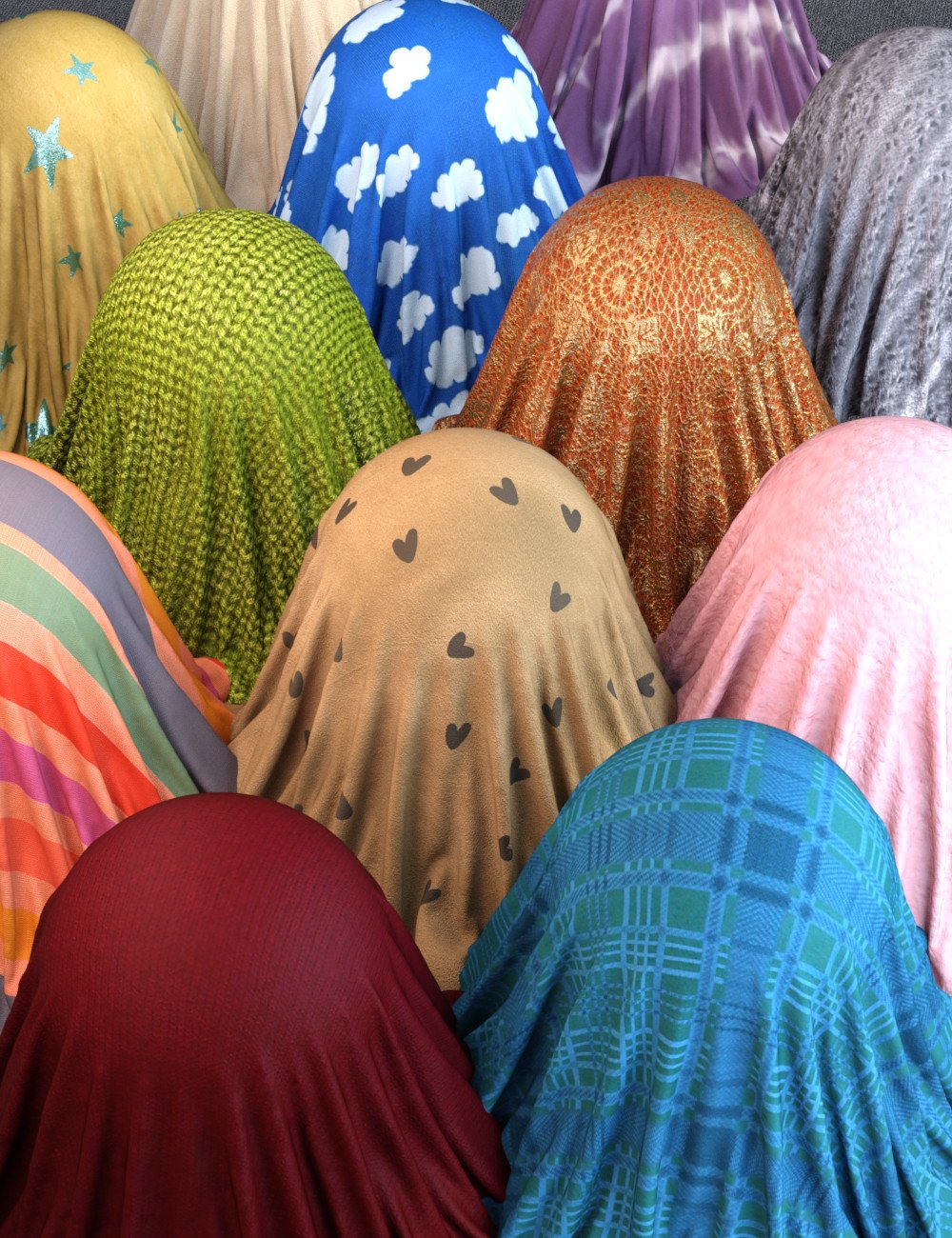
Sustainable Fashion and Digital Prototyping
The fashion industry stands to benefit significantly from advancements in fabric shading technology. Designers can use these tools to create highly realistic digital prototypes, reducing the need for physical samples and thereby minimizing waste. This not only accelerates the design process but also contributes to a more sustainable future for fashion. With the ability to visualize fabrics in different environments and under various lighting conditions, designers gain unprecedented control and accuracy in their creative process.
Conclusion: Crafting Illusions into Reality
Fabric shaders stand as a testament to the convergence of art, science, and technology. They transform digital realms into tactile experiences, inviting us to touch the intangible and believe in the magic of simulated realities. As these techniques continue to evolve, the boundaries between what is real and what is fabricated will only grow more intriguingly blurred, weaving a future where textile magic becomes an everyday encounter in our digital lives.





